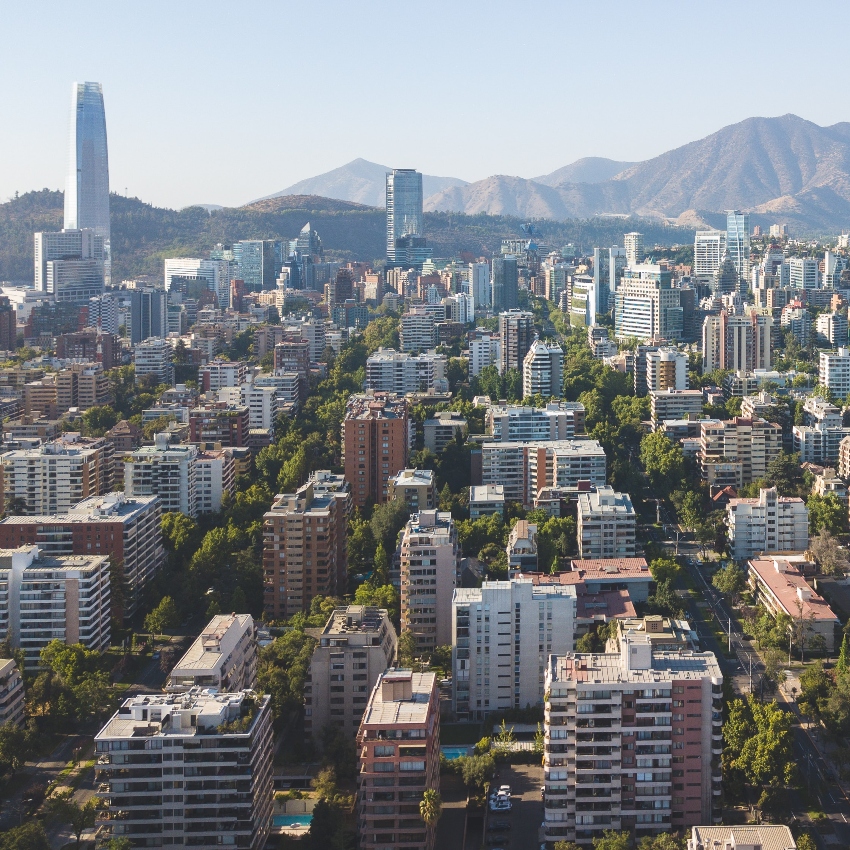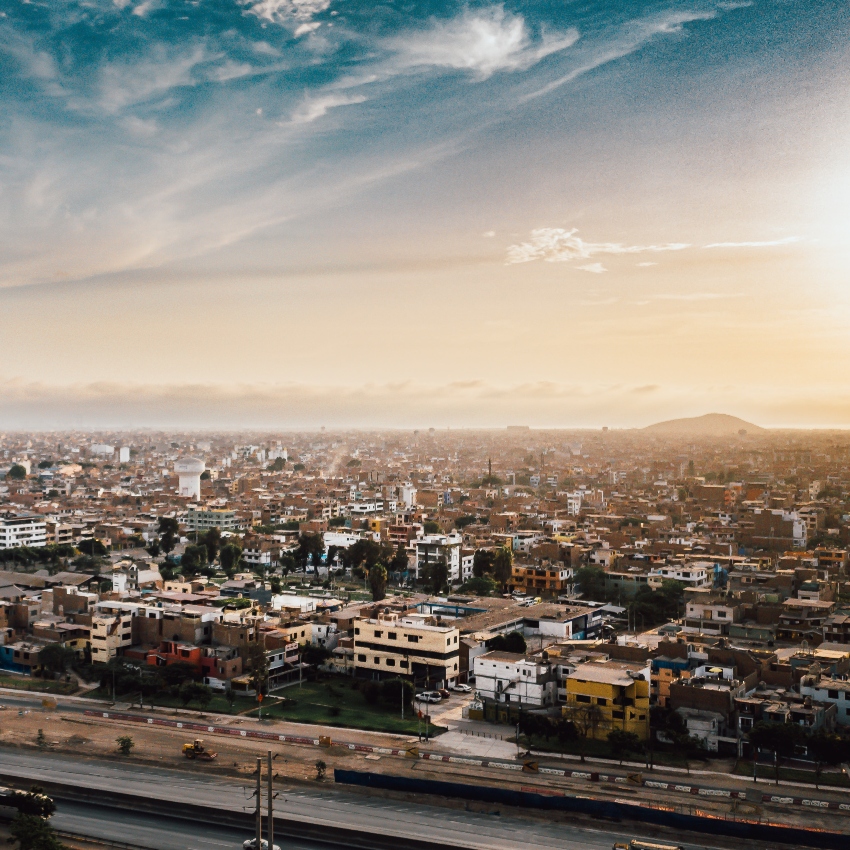Engaging sales strategies, local digital payments on the rise, and the “new normal”: understand the current landscape of Brazilian e-commerce.
In the last week of July, São Paulo hosted the biggest e-commerce event in Latin America: Fórum E-commerce Brasil. Coming back after two years of online editions, the event gathered 15,000 people, over 200 companies, and more than 200 panelists, to discuss all things online sales, digital innovation, market trends and challenges, and more regarding e-commerce in Brazil.
Even though it is heavily aimed at Brazilian-based companies, the event can still bring about some interesting insights for foreign merchants selling to Brazil or even to other Latin American countries. After all, we’re talking about the number one market in the region, which leads the way in terms of Latin America’s innovation and consumption trends.
With that in mind, let’s discuss the main trends and opportunities presented by industry experts at Fórum E-commerce Brasil 2022. Enjoy!
A rising e-commerce scenario
Brazil’s $ 153 billions from e-commerce represents 57% of Latin America’s entire online sales volume. Thus, with 128 million online shoppers, Brazil should not miss from the strategies of any company aiming for a scalable, high-growth global operation. Since it is the leading market, the country can also guide the strategies for Latam as a whole, helping to better succeed in the region even amidst each country’s peculiarities.
A highly important fact about Brazil’s market is that it has a 75% e-commerce penetration rate, besides 80% internet penetration and 87% smartphone penetration. It’s a rising consumer base, more and more used to buying online — and, consequently, more and more in search of easy, fast, and secure shopping experiences, from product browsing to paying.
Major opportunity for cross-border sales
Some Latam countries, such as Mexico and Peru, are already very used to cross-border sales, which represent 24% and 21% of total e-commerce, respectively. Others, such as Brazil, are starting to be more open to such sales — especially after the highly successful entrance of foreign giants such as Shein and Shopee.
Currently, cross-border sales occupy 6% of the total e-commerce volume in Brazil, and is expected to reach 7% by 2025. This rise, albeit slow, represents a major opportunity for cross-border merchants to start selling to Brazilian consumers, who enjoy having access to wider product variety and more competitive prices.
Innovative shopping experiences
Terms such as Community Commerce, Live Commerce, and Full Commerce were mentioned frequently at Fórum E-commerce Brasil 2022. As Brazilian consumers become more used to routine online shopping, and to buying all types of products and services online, consumer expectations also increase — so how can companies stand out? That’s where innovative e-commerce experience comes in.
Full Commerce is the business model of outsourcing a store’s investments in several fronts, including technology, payments, security, and logistics. Besides allowing the merchant to fully focus on their core business, if the store uses highly specialized service providers, steps such as paying for an online purchase can be considerably strengthened and improved.
Meanwhile, Community Commerce — content posted on social media and featuring a brand, or a brand’s product — and Live Commerce — when brands host a livestream on a digital platform or social media app, and sell products during it — create more engagement between merchants and consumers, bringing them closer to the brand and providing entertainment as well as buying opportunities.
Considering that Brazilians are heavy social media users and that 65% of all e-commerce purchases are made on mobile devices, creating such engaging, quick shopping experiences can be highly beneficial.
Data intelligence
With Brazil’s General Data Protection Law (LGPD) well into place, and new rules limiting the use of third-party cookies and strengthening the importance of user consent, data privacy is already an urgent matter for all companies.
With customers more aware of the importance of protecting their personal information, with the proper transparency and communication, it’s still very much possible to understand your customer base through data. Then, you’ll be able to better tailor digital strategy to each profile, besides creating more personalized campaigns and strategies for your audience.
Online selling in the “new normal”
Already fast rising before 2020, the pandemic accelerated even more the growth of e-commerce, leading millions of people to shop online for the first time, previous online shoppers to increase spending, and a much wider variety of items to be purchased through a store’s website or app.
As explored by BoaCompra and AMI on the webinar Digital Renaissance in Latin America, e-commerce still has plenty of room to grow and is expected to keep rising fast for 3-5 more years, before starting to grow at a slower pace year after year.
Digital payment methods reached countrywide preferences very quickly, being fundamental not only for Brazilian companies, but also to foreign merchants selling to the country. If Pix accounted for 15% of e-commerce in 2021, the share will reach 31% by 2025, according to an exclusive study published by BoaCompra.
Want to understand more about the current e-commerce landscape not only in Brazil, but in other major Latam markets as well, and the impact of local payment methods? Then talk to us:





.jpg)